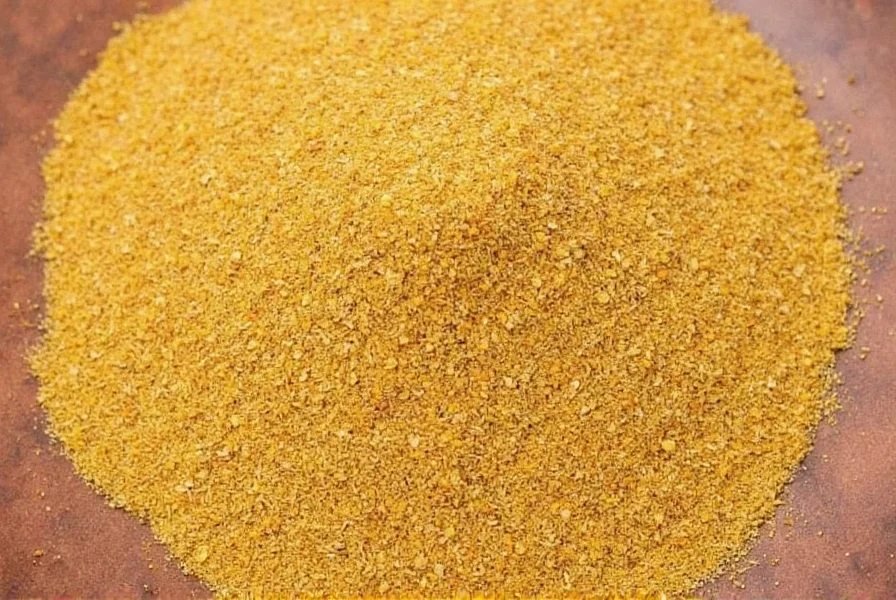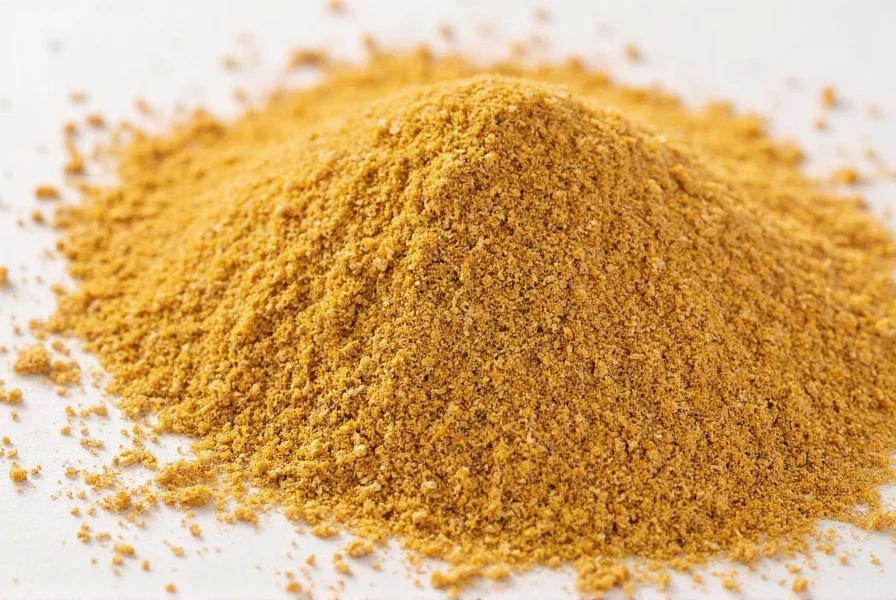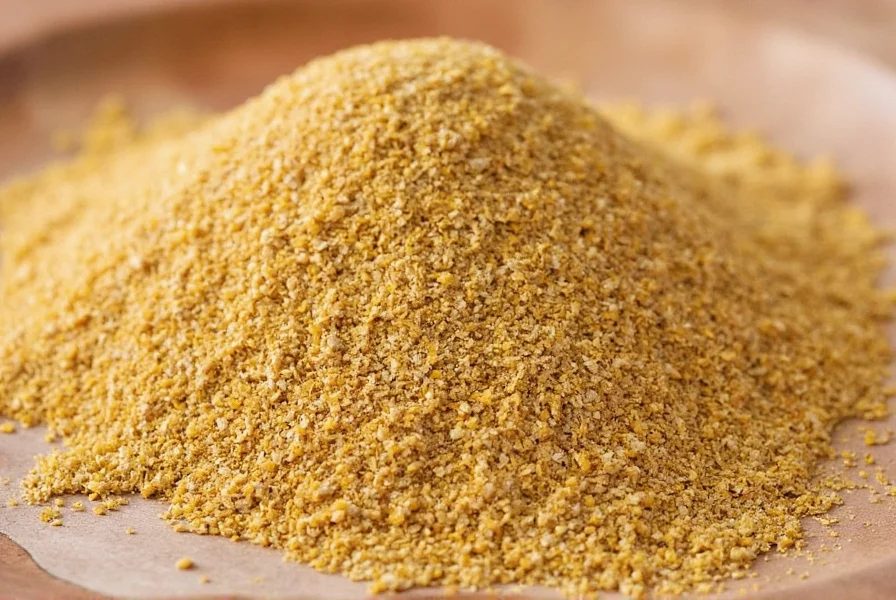When exploring ground fenugreek, it's essential to understand how this processed form differs from its whole seed counterpart while maintaining the same fundamental properties. The grinding process increases surface area, which intensifies flavor release but also accelerates oxidation, affecting both shelf life and potency. This transformation makes ground fenugreek particularly valuable for certain cooking applications where texture and quick flavor integration matter.
Understanding Ground Fenugreek: From Seed to Spice
Fenugreek (Trigonella foenum-graecum) has been used for thousands of years across multiple continents, with historical records showing its presence in ancient Egyptian, Greek, and Indian civilizations. The transition from whole seed to ground form represents a practical adaptation that enhances certain culinary applications while altering others.
Whole fenugreek seeds maintain their integrity during storage, preserving flavor compounds longer. When ground, these seeds transform into a fine powder that disperses more evenly throughout dishes. The chemical composition remains fundamentally the same, but the increased surface area affects how flavor compounds interact with other ingredients and how quickly they degrade.
| Characteristic | Whole Fenugreek Seeds | Ground Fenugreek |
|---|---|---|
| Flavor Release | Gradual, requires longer cooking | Immediate, integrates quickly |
| Shelf Life | 1-2 years when properly stored | 6-12 months before significant flavor loss |
| Texture Contribution | Noticeable crunch when whole | Smooth integration, no texture |
| Best Culinary Applications | Tempering, pickling, slow-cooked dishes | Dry rubs, spice blends, quick-cooking sauces |
Culinary Applications and Flavor Profile
Ground fenugreek's unique flavor profile combines earthy, slightly bitter notes with subtle maple-like sweetness, making it particularly valuable in complex spice blends. Unlike whole seeds that provide texture and gradual flavor release, ground fenugreek integrates seamlessly into sauces, marinades, and dry rubs.
In Indian cuisine, ground fenugreek features prominently in dishes like kasundi (Bengali mustard sauce), certain panch phoron variations, and various curry powders. Ethiopian cooking incorporates it into berbere spice mixtures, while Middle Eastern recipes use it in meat rubs and vegetable preparations.
When using ground fenugreek in cooking, consider these practical tips for optimal results:
- Add ground fenugreek early in the cooking process for soups and stews to allow flavors to meld
- Use slightly less ground fenugreek than whole seeds when substituting (typically ¾ teaspoon ground for 1 teaspoon whole)
- Toast ground fenugreek briefly in a dry pan before use to enhance its aromatic qualities
- Combine with complementary spices like turmeric, cumin, and coriander to balance its distinctive bitterness
Nutritional Considerations and Traditional Uses
Ground fenugreek maintains the same nutritional profile as whole fenugreek seeds, containing dietary fiber, iron, magnesium, and various phytochemicals. Traditional culinary applications have long recognized fenugreek's potential digestive benefits, though scientific research continues to explore these properties.
When incorporating ground fenugreek into your cooking, remember that the grinding process doesn't alter its fundamental nutritional composition, though exposure to air may gradually reduce certain volatile compounds over time. The spice contains natural compounds like diosgenin and 4-hydroxyisoleucine that contribute to its distinctive properties.
Many traditional cooking practices that utilize ground fenugreek evolved as practical solutions to incorporate the spice's benefits without affecting dish texture. This explains its prevalence in spice blends like sambar powder and certain curry formulations where uniform flavor distribution matters.

Proper Storage and Freshness Preservation
Maintaining ground fenugreek's flavor requires careful storage practices due to its increased surface area and susceptibility to oxidation. Unlike whole seeds that maintain potency for 1-2 years, ground fenugreek typically retains optimal flavor for 6-12 months when stored properly.
For best results when storing ground fenugreek:
- Use airtight containers made of dark glass or opaque materials
- Keep away from heat sources and direct sunlight
- Consider refrigeration in humid climates to prevent moisture absorption
- Label containers with purchase or grinding dates to track freshness
Signs that ground fenugreek has lost potency include faded color (from vibrant yellow-brown to dull beige), diminished aroma, and reduced flavor impact in dishes. Properly stored ground fenugreek should retain its characteristic maple-like scent with earthy undertones.
Substitution Strategies and Culinary Adaptations
When ground fenugreek isn't available, several substitution strategies can help approximate its distinctive flavor profile. The most direct substitute involves grinding whole fenugreek seeds yourself using a spice grinder or mortar and pestle. For immediate needs, consider these alternatives:
- Maple syrup plus mustard powder: For sweet applications, combine ¼ teaspoon mustard powder with ½ teaspoon maple syrup per teaspoon of ground fenugreek
- Fenugreek leaves (kasuri methi): Use 1½ teaspoons dried fenugreek leaves for each teaspoon of ground fenugreek
- Mustard powder plus celery seed: Blend ½ teaspoon mustard powder with ¼ teaspoon celery seed to approximate fenugreek's complex profile
Understanding how to substitute for ground fenugreek proves particularly valuable when exploring traditional recipes from regions where this spice features prominently. Many authentic Indian dishes, especially from South India, rely on ground fenugreek for their distinctive flavor profiles.

Practical Integration into Everyday Cooking
Ground fenugreek's versatility extends beyond traditional ethnic cuisines into contemporary cooking applications. Modern chefs increasingly recognize its value for adding depth to vegetarian dishes, enhancing meat rubs, and creating complex flavor profiles in plant-based cooking.
Consider these practical applications for incorporating ground fenugreek into diverse culinary creations:
- Add ¼-½ teaspoon to roasted vegetable blends before baking
- Blend into homemade barbecue sauces for depth and complexity
- Incorporate into bread doughs and savory pastries
- Use in marinades for tofu or tempeh to enhance umami qualities
- Stir into soups and stews during the last 15 minutes of cooking
When experimenting with ground fenugreek in new recipes, start with smaller quantities (⅛-¼ teaspoon) and adjust to taste, as its distinctive flavor can dominate if used excessively. The spice's bitterness balances beautifully with sweet elements like tomatoes, caramelized onions, or small amounts of sugar or honey.
Frequently Asked Questions
What's the difference between ground fenugreek and methi dana?
Methi dana refers to whole fenugreek seeds, while ground fenugreek is those same seeds that have been milled into powder. Ground fenugreek integrates more quickly into dishes and provides a more immediate flavor release, whereas methi dana (whole seeds) offer texture and gradually release flavor during longer cooking processes. The chemical composition remains the same, but the physical form affects how the spice interacts with other ingredients.
Can I substitute ground fenugreek for whole fenugreek seeds in recipes?
Yes, but with adjustments. Use approximately ¾ teaspoon of ground fenugreek for every 1 teaspoon of whole fenugreek seeds called for in a recipe. Since ground fenugreek releases flavor more quickly, add it later in the cooking process than you would whole seeds. For dishes requiring the texture of whole seeds (like certain pickles or tempering), substitution isn't recommended as the texture component would be lost.
Why does ground fenugreek have a maple-like aroma?
Ground fenugreek contains sotolone, a natural compound also found in maple syrup, which creates its distinctive maple-like aroma. This compound becomes more pronounced when fenugreek is ground, as the increased surface area allows more volatile compounds to be released. The concentration of sotolone explains why fenugreek is sometimes used as a natural flavoring in artificial maple products.
How can I tell if my ground fenugreek has gone bad?
Ground fenugreek that has lost potency will appear faded (from vibrant yellow-brown to dull beige), have little to no distinctive aroma, and fail to impart its characteristic flavor to dishes. Fresh ground fenugreek should have a strong, slightly bitter, maple-like scent. If your spice has developed a musty smell or shows signs of moisture, discard it immediately as these indicate spoilage.
Is ground fenugreek the same as kasuri methi?
No, these are different products. Ground fenugreek comes from milled fenugreek seeds, while kasuri methi refers to dried fenugreek leaves. They have distinct flavor profiles and culinary uses. Ground fenugreek has a stronger, more bitter taste with pronounced maple notes, while kasuri methi offers a more subtle, hay-like flavor. They're not interchangeable in recipes as they contribute different flavor dimensions to dishes.











 浙公网安备
33010002000092号
浙公网安备
33010002000092号 浙B2-20120091-4
浙B2-20120091-4